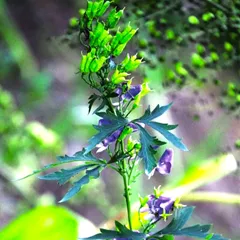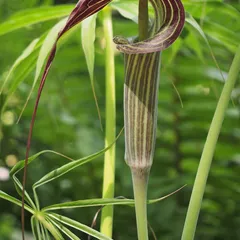Painful Obstruction
The information provided here is not a replacement for a doctor. You shouldn't use it for the purpose of self-diagnosing or self-medicating but rather so you can have a more informed discussion with a professional TCM practitioner.
At a glance
Preliminary reading: What is a pattern?
Key attributes
Chinese name: 痛痹 Pinyin name: Tòng Bì
Pattern nature: Full
Pattern hierarchy: General pattern
Causes
Common causes: 1. Exterior Cold, 2. Weak constitution
Diagnosis
Common symptoms: Knee pain Elbow pain Ankle pain Joint pain Wrist pain and sixteen other symptoms
Pulse type(s): Tight (Jin), Wiry (Xian)
Tongue description: Pale tongue with thin white coating
Treatment
Treatment principle: Herbal treatment to expel Exterior Pernicious Factors. Acupuncture and moxibustion
Common formulas: Wu Tou Tang Da Fang Feng Tang Xiao Huo Luo Dan
Pathology
Painful Obstruction Syndrome is also called Bi Symdrome (Bi Zheng). 'Bi' means Stagnation or blockage in Chinese. It occurs mainly due to Exterior Pernicious Factors invasion such as Wind, Cold, Dampness or Heat.
There are four types of Painful Obstruction Syndrome patterns according to the original causes.
1. Cold invading the Channels joints and muscles
2. Wind invading the Channels joints and muscles
3. Heat invading the Channels joints and muscles
4. Dampness invading the Channels joints and muscles
Causes
Exterior Cold: External Cold, Wind and Dampness can penetrate the Body's Defensive Qi and settle down in the joints and muscles.
Weak constitution : Weak constitution means the Defensive Qi is not strong enough to fight against the external Pernicious Influence invasion. It can be due to genetic defect, overwork, lack of exercise, or long term sickness.
Diagnosing Painful Obstruction
Diagnosing a pattern in Chinese Medicine is no easy feat and should be left to professional practitioners. In particular one has to know how to differentiate between different types of pulses and tongue coatings, shapes and colors as well as learn to read from a long list of seemingly unrelated symptoms.
Pulse type(s): Tight (Jin) or wiry (Xian)
Tongue description: Pale tongue with thin white coating
Main symptoms: Knee pain Elbow pain Ankle pain Joint pain Wrist pain Stiff neck Lumbar pain Joint stiff Stiff ankle Stiff wrist Muscle pain Shoulder pain Tenosynovitis Knee stiffness Swollen joints Elbow stiffness Tendonitis wrist Shoulder stiffness Lumbar spine stiffness Numbness in the muscles De quervain's tenosynovitis
Diagnosis commentary: Key characteristic symptoms of this pattern are the intense joints and muscles pain and stiffness. It can happen in lumbar, shoulders, knees, elbows, ankles, wrists, neck and etc.
Treating Painful Obstruction
Treatment principle
Herbal treatment to expel Exterior Pernicious Factors.
Acupuncture and moxibustion
Herbal formulas used to treat Painful Obstruction
Xiao Huo Luo Dan
Source date: 1107 AD
Number of ingredients: 6 herbs
Key actions: Dispels Wind. Eliminates Dampness and transforms Phlegm . Invigorates the Blood. Removes Stagnation and relieves pain.
Formula summary
Xiao Huo Luo Dan is a 6-ingredient Chinese Medicine formula. Invented in 1107 AD, it belongs to the category of formulas that dredge and disperse External Wind.
Besides Painful Obstruction, Xiao Huo Luo Dan is also used to treat Cold invading the Channels joints and muscles or Dampness invading the Channels joints and muscles.
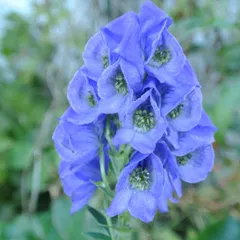
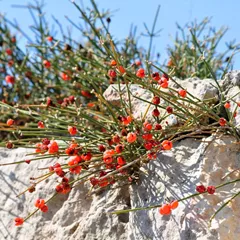

The top herbs in Wu Tou Tang are Prepared Sichuan Aconite (Zhi Chuan Wu), Ephedra (Ma Huang) and White Peony Roots (Bai Shao)
Wu Tou Tang
Source date: 220 AD
Number of ingredients: 6 herbs
Key actions: Warms the channels and remove obstruaction. Disperse Cold and Dampness. Warms the joints. Relieve joints pain.
Formula summary
Wu Tou Tang is a 6-ingredient Chinese Medicine formula. Invented in 220 AD, it belongs to the category of formulas that warm the Meridians and disperse Cold.
Besides Painful Obstruction, Wu Tou Tang is also used to treat Cold invading the Channels joints and muscles.
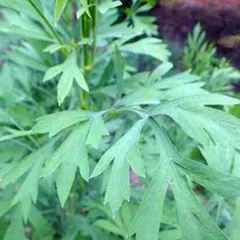
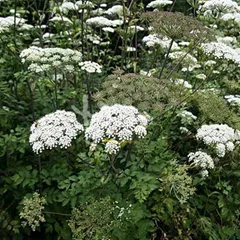
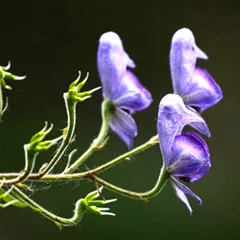
The top herbs in Da Fang Feng Tang are Saposhnikovia Roots (Fang Feng), Notopterygium Roots (Qiang Huo) and Prepared Aconite (Zhi Fu Zi)
Da Fang Feng Tang
Source date: 1107 AD
Number of ingredients: 14 herbs
Key actions: Expel Wind Damp. Relieve pain. Tonify the Liver and the Kidneys. Tonify the Blood and Qi.
Formula summary
Da Fang Feng Tang is a 14-ingredient Chinese Medicine formula. Invented in 1107 AD, it belongs to the category of formulas that dispel Wind-Damp.
Besides Painful Obstruction, Da Fang Feng Tang is also used to treat Wind invading the Channels joints and muscles.

